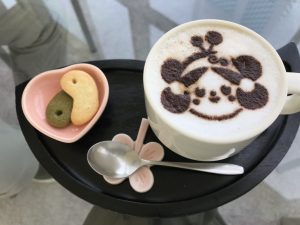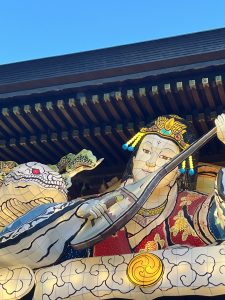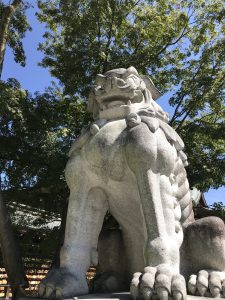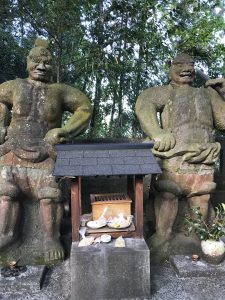For many foreign visitors to Japan, one common question is: “How should I properly pray at a Shinto shrine?”
Most guidebooks introduce a ritual called “Two bows, two claps, one bow” (Nirei-Nihakushu-Ichirei) as the standard way to do it.
This means bowing twice, clapping your hands twice, and then bowing once more to conclude.
However, this form of worship is not a traditional, nationwide custom.
■ When was “Two Bows, Two Claps, One Bow” established?
The practice known as “Two bows, two claps, one bow” only became widespread as the formal method of shrine worship in modern times.
During the Meiji era, as Japan underwent rapid modernization and sought to strengthen national power, the government introduced State Shinto as a unifying spiritual framework. In this process, a standardized ritual based on the etiquette of Ise Jingu (Ise Grand Shrine) was promoted nationwide.
In other words, this now-common shrine etiquette was not an ancient tradition, but rather a product of modern standardization during the Meiji period.
So even when we speak of “Shinto” or “shrines,” it is important to recognize that State Shinto and premodern Shinto reflect different traditions.
■ In the past, each shrine had its own customs
Before the Meiji era, most shrines had their own unique styles of worship, shaped by local traditions and the teachings of each shrine’s priests.
For example:
-
At Izumo Taisha, the official ritual is still “Two bows, four claps, one bow” today.
-
Usa Jingu in Oita Prefecture also maintains its own distinct form of worship.
While the majority of shrines adopted the unified method under State Shinto, some have preserved their ancient practices to this day, honoring their long-standing local faith.
■ So, what’s the “correct” way to pray?
In practice, the vast majority of shrines today—perhaps 99%—follow the “two bows, two claps, one bow” style. So if you’re unsure, this will almost always be accepted.
That said, there’s a deeper meaning behind these actions:
the rhythm of bows and claps conveys your heart, even without words.
By following these simple movements, you may find a sense of calm and presence you don’t normally feel.
It might be enjoyable to approach it as a kind of mindful ritual—a moment to reconnect with yourself.

At a café near Izumo Taisha. Latte art of Ōkuninushi-no-Mikoto, the deity enshrined at Izumo.
*If you enjoyed this post and would like to support my writing, you can buy me a coffee here → [https://www.buymeacoffee.com/kozue](https://www.buymeacoffee.com/kozue)* ☕✨





